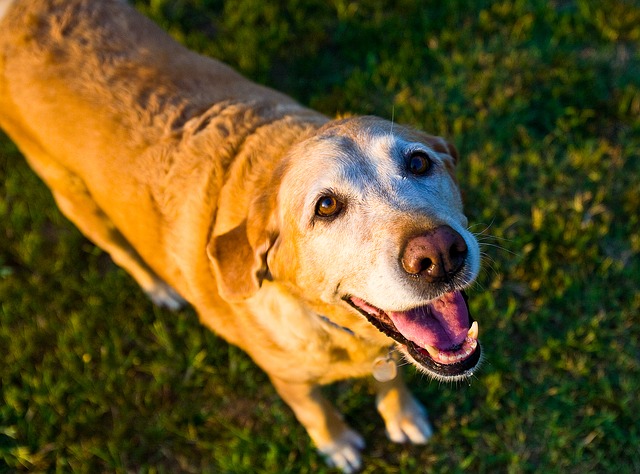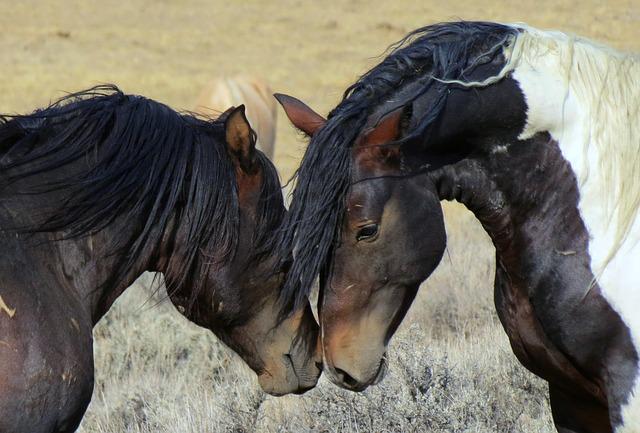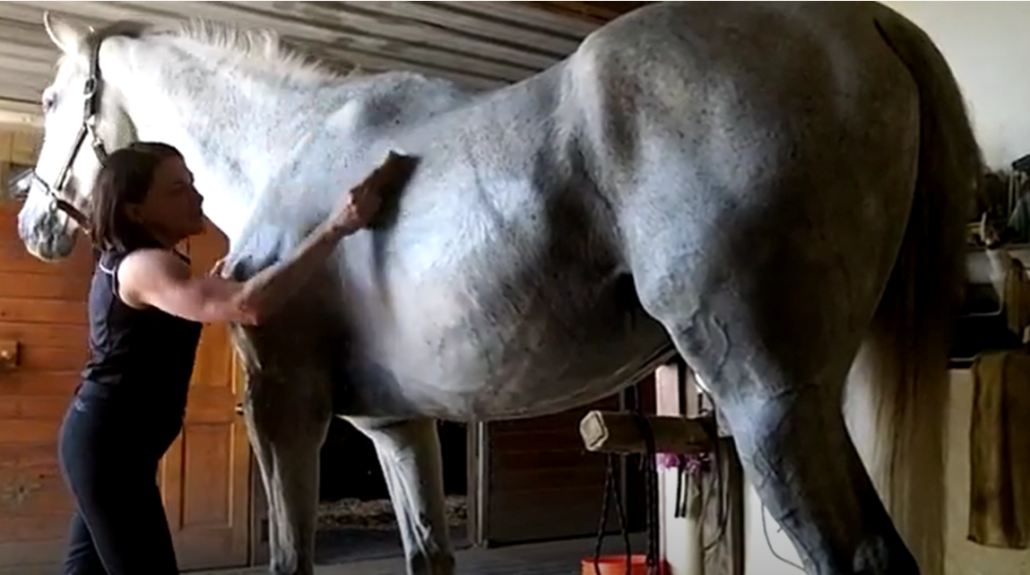If there’s one thing all pet guardians can agree on it’s our precious pets never live long enough! While there are “average” life spans for cats, dogs and horses,
there are many factors that ultimately affect the
actual time they spend with us!
Pet Life Spans
If pet parents had their say, our pets would remain with us forever! But what are the “average” life spans for the dogs, cats and horses who share our life? According to PetHelpful.com:
- Smaller dogs live longer than their bigger K9 counterparts.
- Indoor cats live much longer than those who live outside; and
- Ponies (a smaller breed) live longer than horses.
At a quick glance, below are the average pet life spans for canines, felines and equines.
Dogs: Average Life Span

Small dogs: < 20 lbs.
- 13 years (Chihuahuas are known to live up to 20 years)
Medium Dogs: 20-89 lbs.
- 11 years (Oldest dog: 29 years old, an Australian Cattle Dog)
Large Dogs: 90+ lbs.
- 8 years (Spayed/neutered dogs live longer)
PetCareRX: A Dog Years Chart by Breed
Dogs with the Shortest Lifespan

Cats: Average Life Span
Indoors Only
- 12-28 years (Oldest cat: 28 years old)
Outdoors Only
- 2-5 years (Due to high exposure to illness, injury and disease)
PetCareRX: Average Lifespan of a Cat Breed Chart
Newsweek: 20 Cat Breeds with the Shortest Lifespans
Horses: Average Life Span
- 25-33 years (Oldest horse, Old Billy, was 62 years old)
- Domestic horses live longer than wild horses whose life expectancy is only about 15 years

Deep Hollow Ranch: Horse Longevity by Breed
Deep Hollow Ranch: The Oldest Horses Worldwide
The Factors Behind Pet Life Spans
While there are “average life expectancies” for each kind of pet, paying close attention to the factors affecting the quality and length of our pet’s life can support a better and longer pet life span.
According to the PetFriendly website, the factors affecting our pet’s life expectancy may include:
- Breeding and genetics: certain breeds are prone to shorter life spans.
- Nutrition: fresh, high-quality and species-appropriate foods; avoid overfeeding.
- Exercise and mental stimulation: daily and appropriate physical and mental activities/stimulation.
- Well-being and health: vet care (both regular and preventative), consistent hygiene, grooming and dental care.
- Environmental: indoor/outdoor pollutants, toxins or chemicals; outdoor exposure to weather.
- Emotional connection: like people, pets also need a strong emotional bond with their human family.
The number of times a pet has reproduced can also affect its overall longevity.
While breeding and genetics determine a lot when it comes to life span, pet parents can educate themselves on how best to support a longer life expectancy for their pet. Talk to your vet to learn more about your pet’s life span.

How to Tell Your Pet’s Age
Sometimes, when adopting a homeless pet, information about their exact date of birth may not be available.
But there are physical ways to approximate how old your new pet may be. This includes your pet’s:
- Teeth.
- Eyes.
- Hearing.
- Overall coat
- Body changes including muscle tone and build.
- Mobility/activity level.
To learn more about your specific pet, click on the appropriate link below.

As mentioned above, your pet’s hygiene and grooming is critical to their overall well-being and longevity.
We guarantee your dog, cat, horse, other pets or livestock will LOVE the EquiGroomer!
Our blades are easy-to-use and comfortable for the most sensitive-skinned pet and ensures pain-free grooming!
For individual or bulk orders, call 860-573-0604 or click here to send us an email today!

